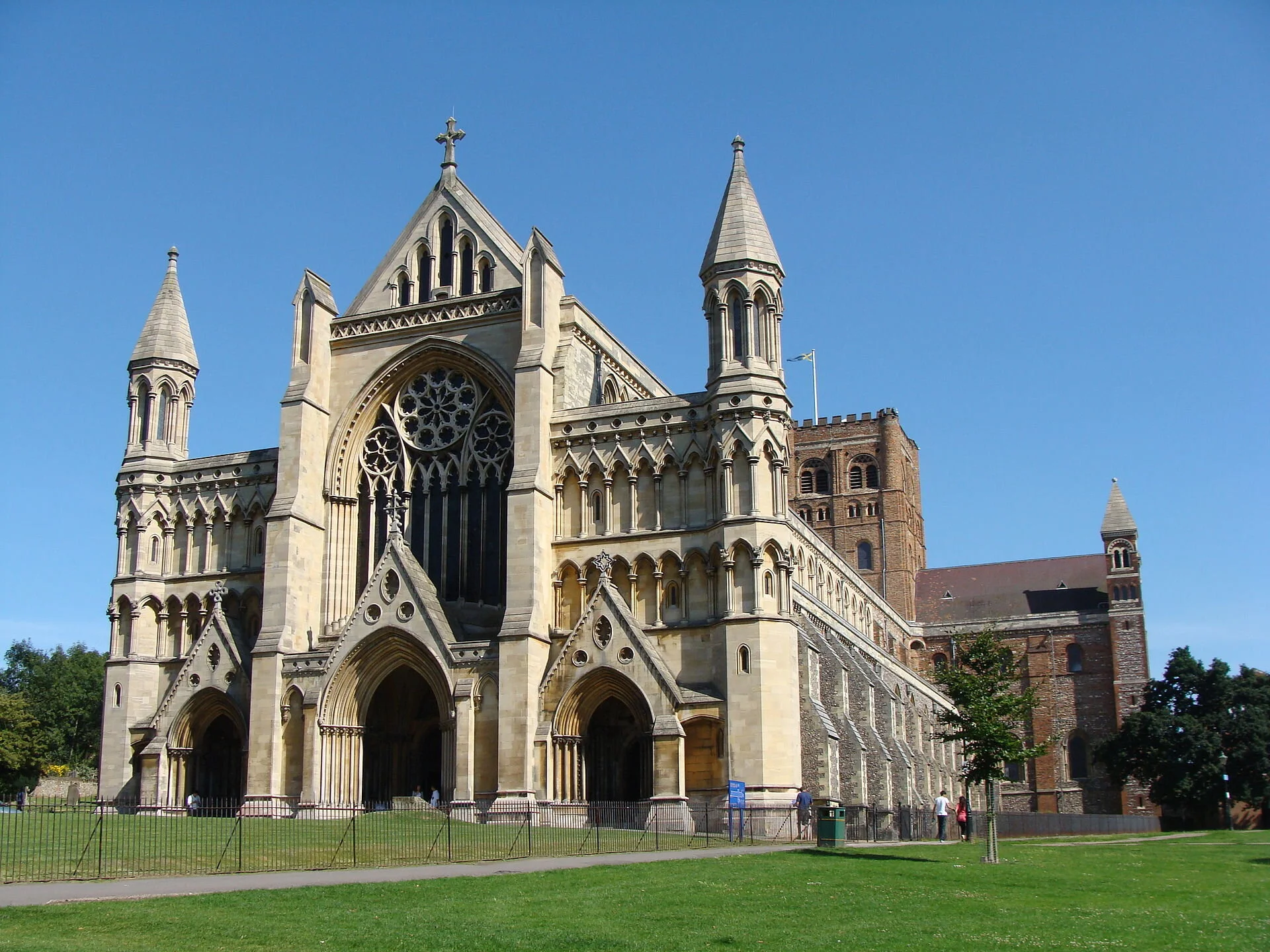Shrewsbury Churches
As I was sitting on the train to Shrewsbury, there were quite a few people talking Welsh around me. It, almost, felt that I was on a train in Europe versus travelling on one in England.
As it’s only 9 miles from the Welsh border, it was the site of a number of conflicts between the English and the Welsh. King Offa of Mercia, took possession of the area in 778. It’s around 800 that Shrewsbury, as we know it today, started to be developed. After the conquest in 1066, Roger de Montgomery was given the town as a gift from William the conquerer and he built Shrewsbury Castle in 1074. He also founded Shrewsbury Abbey as a Benedictine monastery in 1083.
Shrewsbury became a centre of the wool trade and became rich as a result. It never became a centre for heavy industry during the industrial revolution. This may explain why the town centre has a largely unspoilt medieval street plan and over 660 listed buildings including several examples of timber framing from the 15th and 16th centuries.
Shrewsbury Cathedral or The Cathedral Church of Our Lady Help of Christians and Saint Peter of Alcantara is a Roman Catholic cathedral. It is also the only cathedral in Shrewsbury and the county of Shropshire. John Talbot, 16th Earl of Shrewsbury, commissioned the building of the cathedral with the intended architect being Augustus Welby Northmore Pugin, but both men died in 1852 before the work started. The 17th Earl continued with the project with the cathedral's design was taken over by Edward Pugin, the son of Augustus. The design had to be modified when sand was discovered leading to weaker foundations. It was completed in 1856.
In 2019, it was decided by Bishop Mark Davies that the cathedral's interior would be restored to its original state. The resulting programme of conservation work in the cathedral found a series of 19th-century wall paintings by Joseph Aloysius Pippet.
Here are some photos of the cathedral
Shrewsbury has a number of other great churches and I was able to visit two others. I wasn’t able to visit the Abbey or St Alkmund’s. I did revisit a treat from my childhood, a Wimpy Bar.
On my way back to the city centre, I visited the new St Chad's Church which was built in 1792 as a large neo-classical round church and in a different and more elevated location, at the top of Claremont Hill close to The Quarry. After the old St Chad's Church collapsed in 1788 after attempts to expand the crypt compromised the structural integrity of the tower above. Now known as Old St Chad's, the remains of the church building and its churchyard are on the corner of Princess Street, College Hill and Belmont.
Here are a few photos of the new St Chad’s.
After my lunch, I then visited St Mary’s church the only complete medieval church left in Shrewsbury. According to tradition, it was founded by King Edgar in the 10th century. The present church began in the 12th century, consisting of a nave without aisles, and a cruciform east end. The spire is one of the tallest in England and has dominated Shrewsbury for 500 years.
Here are some photos of this lovely church.






